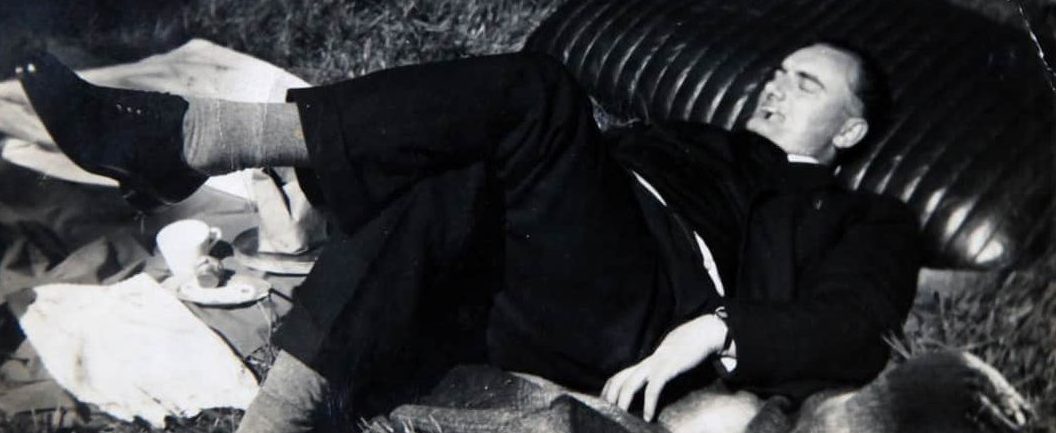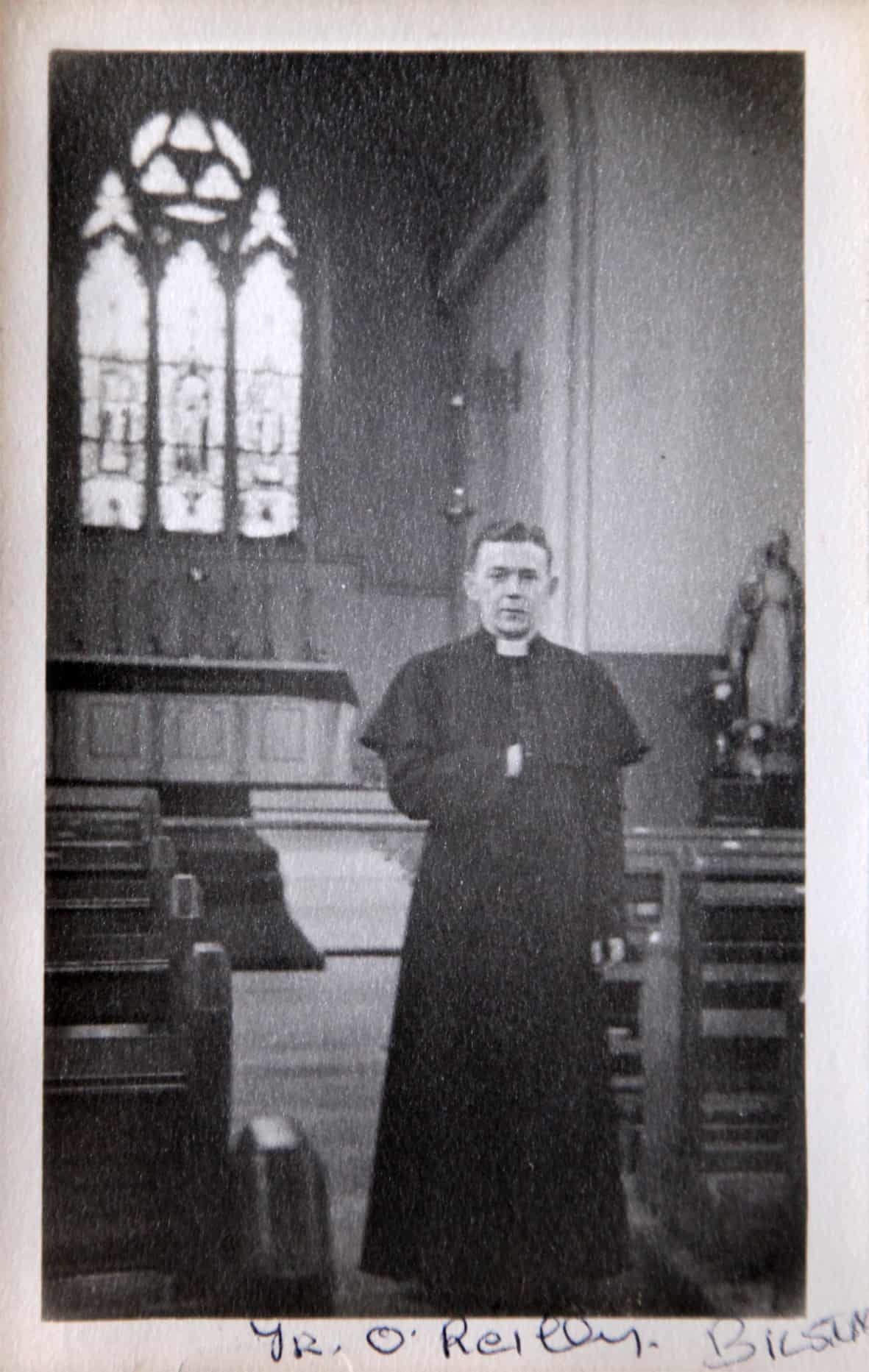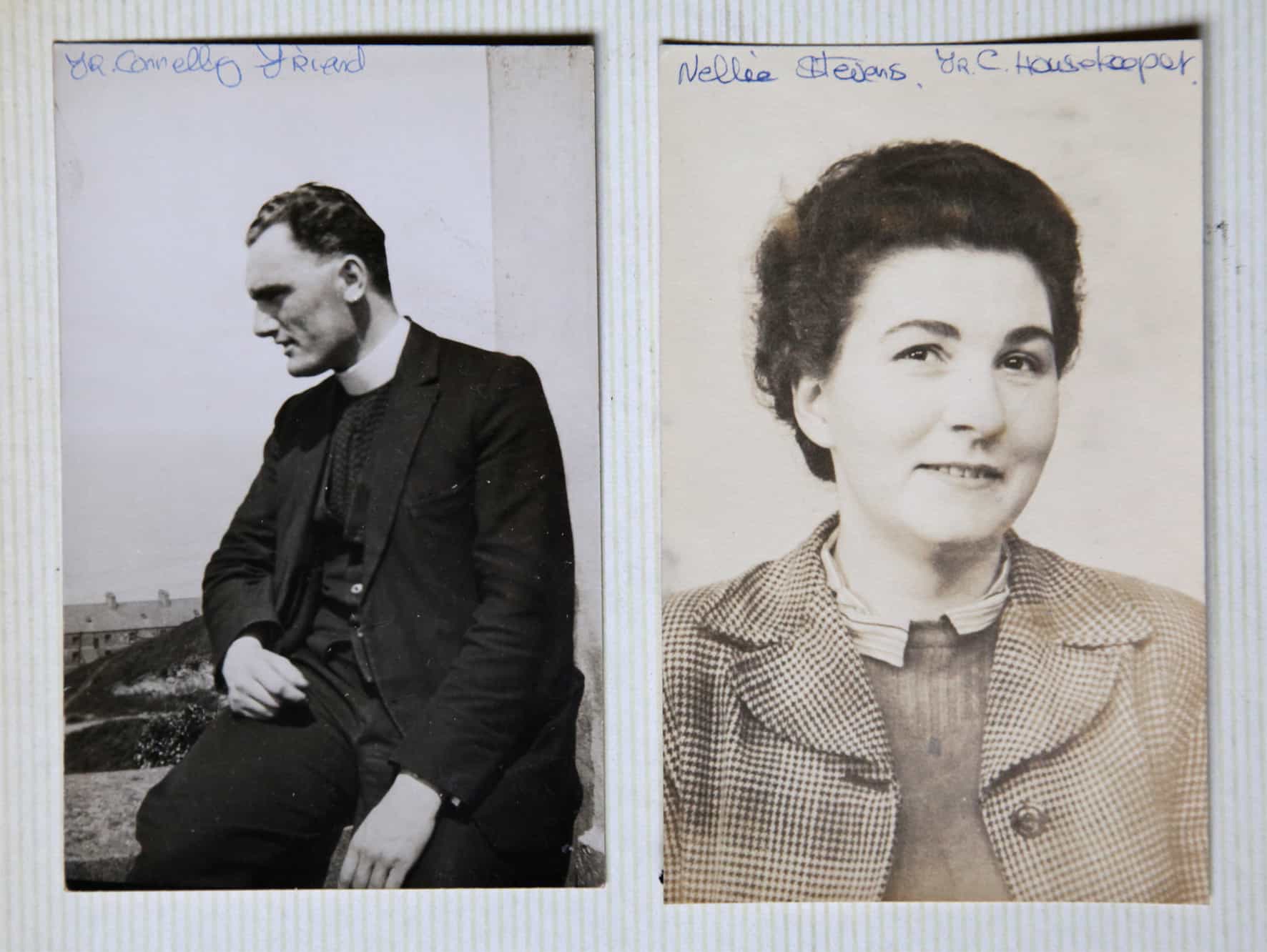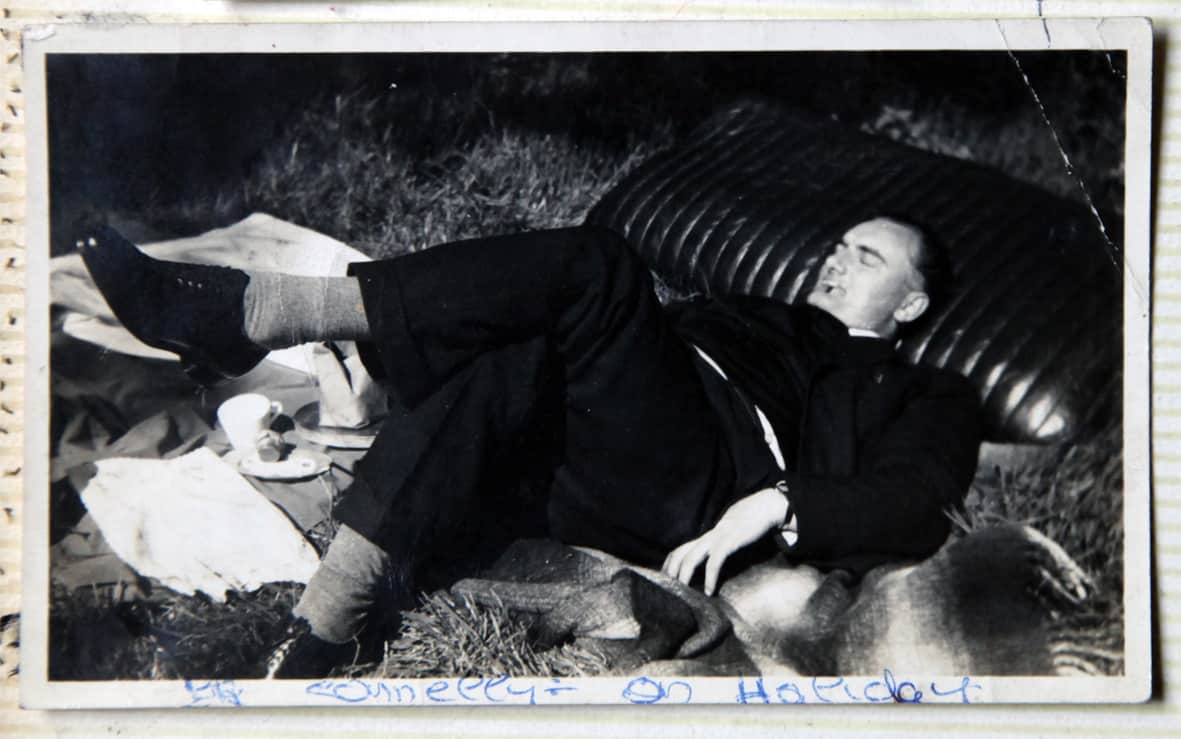Brendan Jackson
the time machine turns up all manner of capsules from the past
Writer and scholar Peter Conrad noted that photography's preserved moments are precious because they are what remains when a marriage, or a life, is over.
They are, if you like, an inventory of memory. They hold a particular moment in time - but then there is what lies beyond the containment of the actual frame of the image, and what it provokes, or reveals, in our vast repository of recollections. Inhis autobiography ‘Miracles of Life’, J.G. Ballard wrote: Memory is the greatest gallery in the world and I can play an endless archive of images of the happy time.
I leaf through the old photograph album from the 1950s, containing these simulacra of people long gone. The word ‘anamnesis’ is key to this. From the Attik Greek dialect, it means ‘a calling to mind, remembrance’ or ‘memorial sacrifice’. In Christianity, Eucharistic prayers contain an Anamnesis, the origin being in the words of Jesus uttered at the Last Supper: ‘Do this in memory of me’.
While the original purpose of the photographer may never be known (though sometimes a particular narrative has been passed down the generations) what we find are evocations and suggestions. You might say we are reading in the dark, prey to assumptions.
∞
He stands in the church, a solitary figure. We only know his name, as inscribed, Father O’Reilly, one of a succession of Irish parish priests tending the flock at Holy Trinity, Bilston. Father Connolly is another cleric, a family friend from back home, a handsome and stalwart fellow.
∞
Foggy cold nights on the district and she’ll be longing for that lovely aroma of peat burning on the fires of home. Here the odours of iron, coke and slag roll along the streets, plumes of steam high above the blast furnace you think they named after the Queen. A blazing landmark in the middle of the night.
At Mass, she finds herself drawn to contemplate one magnificent stained glass window set high in the lime washed walls. Dedicated to the Reverend Michael Crewe and presented by his sister Sara in 1889, the fine green tracery of the leaves remind her of home, by the meadow running down to the river, moss and bog myrtle, then the magnolia plants in the castle gardens dripping with rain. Her Grandfather had the craft, as did her dear recently departed Da. They knew the exact formulae of iron oxide, chromium, tin oxide and arsenic to add for just that right shade of emerald. Her own hands work a different magic.
She covers the district on her bicycle. Most of her deliveries do not have complications, or need a blood transfusion or a doctor calling. The mothers are between 17 and 44, their babies between 41/2lbs and 11lbs. It’s a rare thing to have a working person with a camera at that time; only her notes offer documentation. She arrives at 10 pm and the child is born half an hour later. The mother, 44 years old, gives birth to 10lb baby boy, her fourth child, forceps delivery, placenta and membranes expelled complete. Loss normal. Perineum intact. The state of the mother is considered satisfactory. She leaves at 6.30 am. Sometimes she will note ‘poor social conditions’ and then the patient is moved to the hospital.
∞
Here in the church, praying for a baby of her own after miscarrying again, a black and white photograph cannot capture the feeling she has. It surely needs the glorious Technicolor of the films, like Fred Astaire and Gene Kelly frolicking in ‘Ziegfeld Follies’ at the Odeon, a chromatic to capture the dew of the grass or those livid Atlantic waves. Lost in reverie, she does not yet know that her prayers will soon deliver her, along with other parishioners, to Lourdes.
She thinks, the windows need a good clean. She’ll have a word with Father Connolly about it.
∞
I close the photograph album, and wonder about these quiet specific memories passed down to me, now revived by the simple act of looking. I wasn’t there in that church, but it’s almost as if I were. American documentary photographer Susan Meiselas expresses it this way: “Despite the pleasure of making a photograph, I still feel the need to stitch it and weave it into something more. I want to know what the subject says, beyond what the picture shows.” While the image preserves a moment, we then add to the narrative from our own perception, and we construct a unique personality for the photograph.
Our history – of our place and our identity - is made up of all kinds of stories, of many individuals and families, activities and experiences. Photographs represent these. Even if we do not know the provenance of a particular image, it is likely that there is something there we can relate to, an item of clothing, an object, a hairstyle, a certain expression of the person in the picture, or that which surrounds them, a living room, a garden, a street, a park, a picnic blanket. They act as a kind of transmitter, conveying information that will trigger what may be a memory in common. How it was to be on bright summer morning in childhood, a birthday celebration, a holiday by the seaside, a house lived in long ago, what our grandparents looked like, a favourite pet, a family legend. A keen observer might recognise the specific time period of the photograph and then bring their own historical knowledge and interest to bear. ‘This was taken during the Second World War.’ ‘This was during the time of the year long Miners Strike.’ ‘This was when the Beatles first became popular.’ As a mutable repository of memory, each photograph will evoke a different recollection in different individuals, but taken together representing how we lived, preserved (even salvaged) for future generations.
∞
Brendan J was born in West Bromwich and lived on the Rocket Pool Estate in Bilston as a child. He curated the project on the Jubilee Arts Archive 1974-94 (https://jubileeartsarchive.




